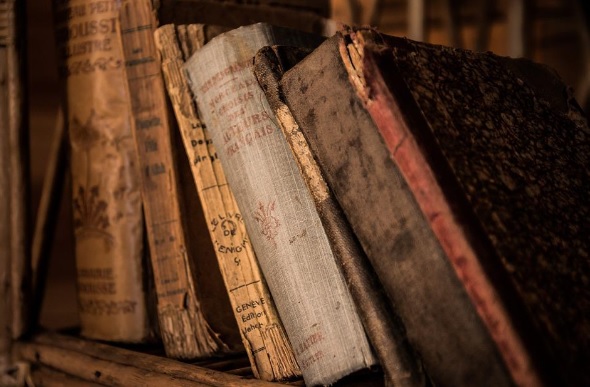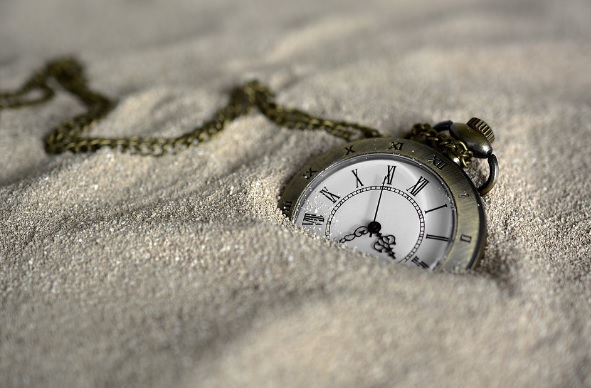There are a lot of factors to consider when appraising an antique. Many people assume that if something is old, it is automatically valuable. This is not always the case. In order to get the most accurate estimate of an item’s worth, you need to research the item, determine its age and maker, and assess its condition. You also need to compare it to similar items in the marketplace to get a sense of its value. Keep these tips in mind the next time you are considering buying or selling an antique!

Research The Item
When you are looking at an antique, the first step is to research the item. This will give you a better understanding of its value. Try to find out if it is a rare piece or if it has been owned by someone famous. This information can help you determine its worth. Try to find out as much as you can about the piece before making a decision. For example, you could have an old shilling that was minted in 1649. This would make it a rare piece, and therefore, more valuable. You can find out more here about how shillings can vary in price depending on the mint year of the coin. This will give you an idea of how to value your antique.
Determine The Age
Age is another important factor to consider when appraising an antique. The older the piece, the more valuable it is likely to be. However, you need to be careful when determining the age of an item. There are a lot of fake antiques on the market, and some people will try to pass off a new item as being old. There are a few ways that you can tell if an item is truly old or not. One way is to look at the patina on the piece. This is a thin layer of film that forms on metal over time, and it can help you determine if an item is old or not. If there is no patina present, the item is likely to be new.
Another way to tell if an item is old is by looking at the construction. Older items are often made with hand-cut nails, while newer items are made with machine-cut nails. This is something that you can usually see without having to disassemble the piece.
Determine The Maker
Another important factor to consider when appraising an antique is the maker of the piece. If you can find out who made the item, it can help you determine its value. Some makers are more valuable than others. For example, if you have a piece that was made by a famous artist or designer, it is likely to be more valuable than a piece that was made by an unknown maker.
However, even if you don’t know who made the piece, you can still use other factors to determine its value. For example, if the piece is made of high-quality materials, it is likely to be more valuable than a piece that is made of lower-quality materials.
Assess The Condition
The condition of an antique can also affect its value. Generally speaking, the better condition an item is in, the more valuable it will be. When you are appraising an antique, you also need to assess its condition. The condition of the item can have a big impact on its value. If an item is in good condition, it is likely to be more valuable than an item that is in poor condition. However, even if an item is in poor condition, it may still be valuable if it is rare or has been owned by someone famous, or was made by a famous maker.
For example, a piece of furniture that has been well-used and shows signs of wear and tear can actually be more valuable than a piece that is in perfect condition but has no history behind it. It all depends on what the buyer is looking for. If you are not sure about the condition of an item, you should consult with a professional appraiser. They will be able to give you a better idea of the item’s value.
Research The Marketplace
Finally, you need to research the marketplace to get an idea of the value of your antique. Try to find out how much similar items are selling for. This will give you a good idea of what your item is worth. You can do this by searching online or by visiting antique stores. When you are researching the marketplace, be sure to compare apples to apples. For example, don’t compare a piece of furniture that is in poor condition to a piece of furniture that is in perfect condition. This will not give you an accurate idea of the value of your item.

Keep these tips in mind when appraising an antique and you will be sure to get the most accurate estimate of its value. Remember to research the piece, determine the age, assess the condition, and research the marketplace before making a final decision. With these steps, you will be well on your way to becoming an expert at appraising antiques!